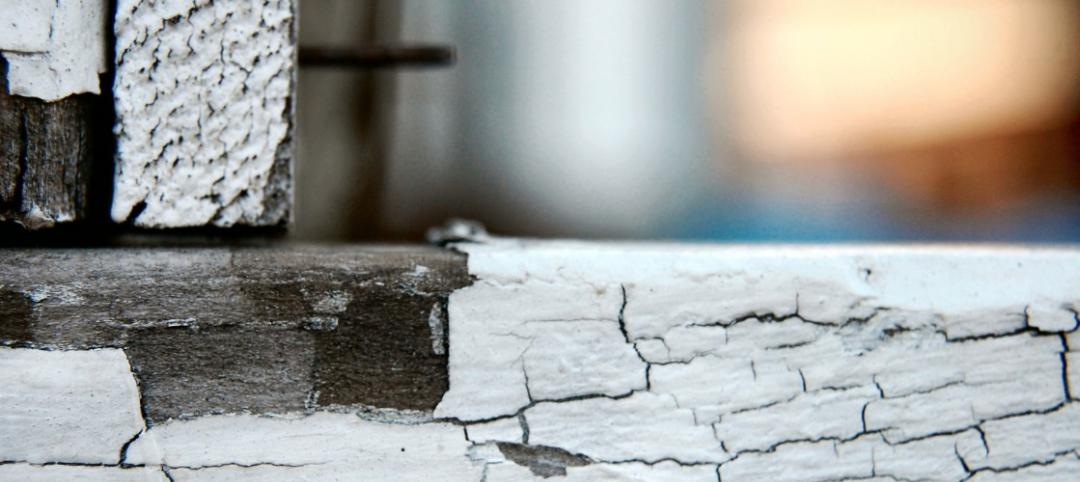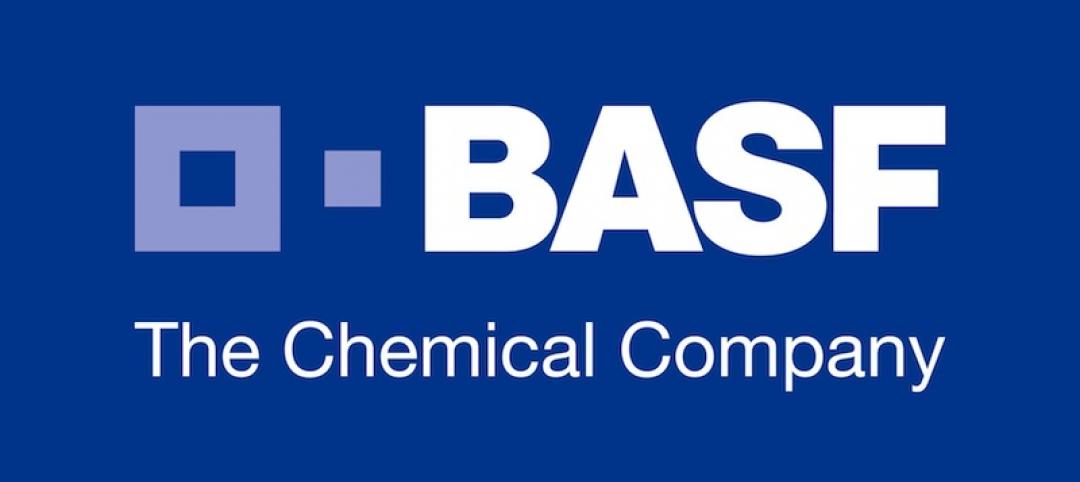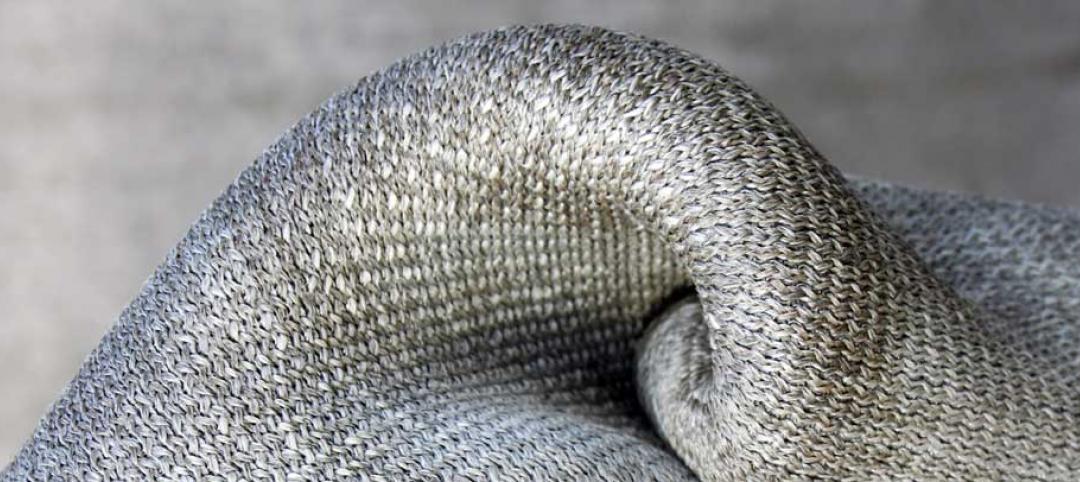The American Institute of Architects (AIA) announced the release of its first-ever white paper on materials transparency and risk, part of an AIA effort to equip the entire profession with consensus-driven guidance on an issue of critical importance to the profession, its suppliers and clients.
“Whether in politics or in building design, transparency is an increasingly necessary element of modern life,” said AIA CEO Robert Ivy, FAIA. “And when it comes to materials - the very substances of our built environment - it's more important than ever for architects to be able to communicate openly about what they contain.”
The white paper is the product of more than a year of effort by the AIA's Materials Knowledge Working Group (MKWG), pursuant to a position statement approved by the AIA Board of Directors in December 2014. In that statement, the AIA recognized that “building materials impact the environment and human health before, during and after their use,” and it encouraged architects “to promote transparency in materials’ contents and in their environmental and human health impacts.”
“Materials transparency & risk for architects: An introduction to advancing professional ethics while managing professional liability risks,” was created by materials specialists but is aimed at all architects. It provides a backdrop on the necessity for materials transparency and the steps architects should be taking to ensure change, promote openness, and increase collaboration between themselves, their suppliers and their clients.
As an introduction to the white paper, the MKWG compiled five guideposts about which every architect should be aware when it comes to materials transparency. They provide first steps to a deeper understanding of what goes into a building and how it impacts its inhabitants:
- Information is key. Everyone involved in a building project—from initial design to occupancy—should have access to information on the potential health and environmental impacts relating to materials products.
- Materials transparency presents opportunities for architects. These opportunities include competitive advantage, thought leadership, design innovation, and environmental and human health leadership.
- New practices and procedures inherently present potential risks. There is always some risk in advocating for materials transparency and sharing composition information with our clients. This white paper explores those risks in detail.
- Manage potential risks with increased transparency. Although the risks associated with materials transparency are new, architects are familiar with risk management. This white paper offers several strategies for effectively evaluating and mitigating risk.
- The AIA has tools and resources to help architects navigate materials transparency risks and opportunities. Along with this white paper and existing online resources, the AIA will soon publish new model contract language to specifically address materials transparency issues. In addition, the MKWG, made up of expert members, practitioners and partner organizations, is continually developing education and practice tools to help architects optimize their approach to materials transparency.
The AIA has published guidance on how to address materials transparency issues in its contract document B503-2007 Guide for Amendments to AIA Owner-Architect Agreements.
Related Stories
| May 3, 2013
5 common failures in paints and coatings
As experienced designers, contractors, and owners know, most paint and coating problems are correctable, but some are especially stubborn to address. Here is a partial compendium of typical failure modes and methods for addressing the problem.
| May 3, 2013
Another edible city? Artist creates model city with chewing gum
French artist Jeremy Laffon pieced together a model city with thousands of sticks of mint-green chewing gum.
| Apr 26, 2013
BASF Corporation joins WDMA
The Window and Door Manufacturers Association (WDMA) announced today that the BASF Corporation is the newest member of the association.
| Apr 23, 2013
Building material innovation: Concrete cloth simplifies difficult pours
Milliken recently debuted a flexible fabric that allows for concrete installations on slopes, in water, and in other hard to reach places—without the need for molds or mixing.
| Apr 16, 2013
5 projects that profited from insulated metal panels
From an orchid-shaped visitor center to California’s largest public works project, each of these projects benefited from IMP technology.
| Mar 29, 2013
GAF offers commercial property owners up to $500 off first service visit
GAF, North America’s largest roofing manufacturer, knows that regular maintenance is critical for maximizing the life expectancy of every commercial roof. The recently enhanced WellRoof® Plus Program makes it easy and rewarding for commercial property owners to establish a roof maintenance program with a GAF Certified Maintenance Professional (CMP), who can exclusively offer this program.
















